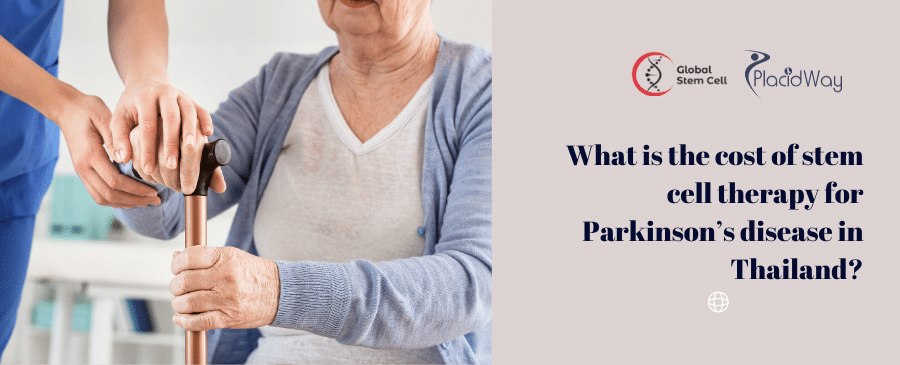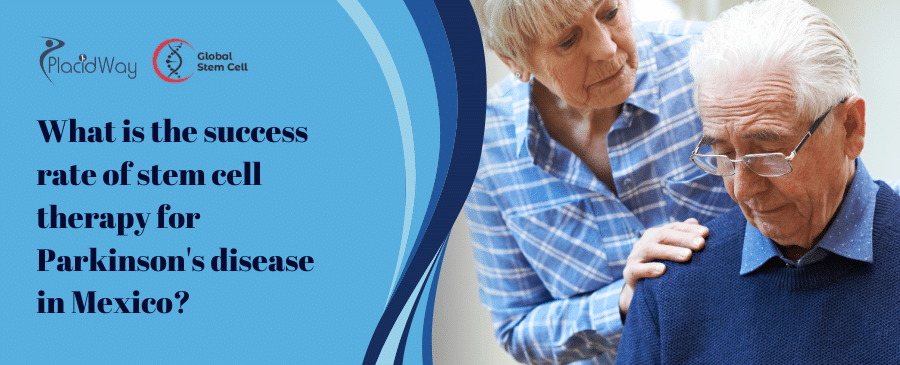
Stem Cell Therapy for Parkinson’s Disease
Parkinson’s disease (PD) is a chronic, progressive neurodegenerative disorder that affects over 10 million people worldwide. The disease is characterized by the degeneration of dopaminergic neurons in the brain, which leads to a range of motor symptoms such as tremors, rigidity, and bradykinesia. While there is no cure for PD, various treatments such as medication and deep brain stimulation can help manage symptoms.
However, these treatments are not always effective and may have side effects. Stem cell therapy has emerged as a promising treatment option for PD, but the question remains: which stem cell type is the best for Parkinson’s disease? In this article, we will explore the various types of stem cells and their potential for treating PD.
What are Stem Cells?
Stem cells are undifferentiated cells that have the ability to differentiate into various cell types in the body. They can divide and renew themselves to produce more stem cells or differentiate into specialized cells such as neurons, muscle cells, and blood cells. There are two main types of stem cells: embryonic stem cells (ESCs) and adult stem cells.
Embryonic Stem Cells
ESCs are derived from embryos that are typically leftover from in vitro fertilization procedures. These cells have the potential to differentiate into any cell type in the body and can be grown indefinitely in the laboratory. However, the use of ESCs is controversial due to ethical concerns regarding the use of human embryos.
Adult Stem Cells
Adult stem cells, also known as somatic stem cells, are found in various tissues throughout the body such as the bone marrow, brain, and skin. These cells can differentiate into a limited number of cell types and are responsible for maintaining and repairing tissues in the body.
Stem Cells and Parkinson’s Disease
Stem cells have the potential to replace the dopaminergic neurons that are lost in PD. By differentiating into dopaminergic neurons, stem cells can restore the dopamine levels in the brain and alleviate the motor symptoms associated with PD. However, not all stem cells are created equal, and some may be more suitable for PD treatment than others.
Embryonic Stem Cells
ESCs have the potential to differentiate into any cell type in the body, including dopaminergic neurons. Several studies have shown that ESC-derived dopaminergic neurons can survive and integrate into the host brain, and improve motor function in animal models of PD. However, the use of ESCs is controversial due to ethical concerns, and there is a risk of tumor formation with ESCs.
Induced Pluripotent Stem Cells
Induced pluripotent stem cells (iPSCs) are adult cells that have been reprogrammed to a pluripotent state, meaning they can differentiate into any cell type in the body. iPSCs have the potential to overcome the ethical concerns associated with ESCs, as they can be generated from a patient’s own cells. Several studies have shown that iPSC-derived dopaminergic neurons can survive and integrate into the host brain, and improve motor function in animal models of PD.
Neural Stem Cells
Neural stem cells (NSCs) are a type of stem cell found in the brain that can differentiate into neurons, astrocytes, and oligodendrocytes. Several studies have shown that NSCs can differentiate into dopaminergic neurons and improve motor function in animal models of PD. NSCs can be derived from fetal tissue, but the use of fetal tissue is controversial. However, NSCs can also be derived from adult tissue, such as the skin, and may be a potential source of autologous stem cells for PD treatment.
Mesenchymal Stem Cells
Mesenchymal stem cells (MSCs) are a type of adult stem cell found in various tissues such as bone marrow, adipose tissue, and umbilical cord blood. MSCs have the potential to differentiate into various cell types, including neurons, and have been shown to have neuroprotective effects in animal models of PD. MSCs also have anti-inflammatory properties and can modulate the immune system, which may be beneficial in PD as inflammation and immune dysfunction have been implicated in the pathogenesis of the disease.
Which Stem Cell Type is the Best for Parkinson’s Disease?
There is currently no consensus on which stem cell type is the best for PD treatment. Each type of stem cell has its advantages and limitations, and the choice of stem cell type may depend on various factors such as the stage and severity of the disease, the patient’s age and overall health, and the availability and cost of the stem cell source.
Embryonic stem cells have the potential to differentiate into any cell type in the body, including dopaminergic neurons, but their use is controversial due to ethical concerns and the risk of tumor formation. Induced pluripotent stem cells can be generated from a patient’s own cells, which may overcome the ethical concerns associated with ESCs, but their safety and efficacy in clinical trials are still being evaluated.
Neural stem cells can differentiate into dopaminergic neurons and may be a potential source of autologous stem cells, but their use is limited by the availability of fetal tissue and the challenges of deriving NSCs from adult tissue. Mesenchymal stem cells have neuroprotective and anti-inflammatory properties and can be obtained from various sources, but their ability to differentiate into dopaminergic neurons is still under investigation.
Stem cell therapy has the potential to revolutionize the treatment of Parkinson’s disease by providing a means to replace the lost dopaminergic neurons and alleviate the motor symptoms associated with the disease. However, the choice of stem cell type for PD treatment is not straightforward and depends on various factors. Further research is needed to evaluate the safety and efficacy of different stem cell types in clinical trials and to develop standardized protocols for stem cell transplantation in PD patients.






